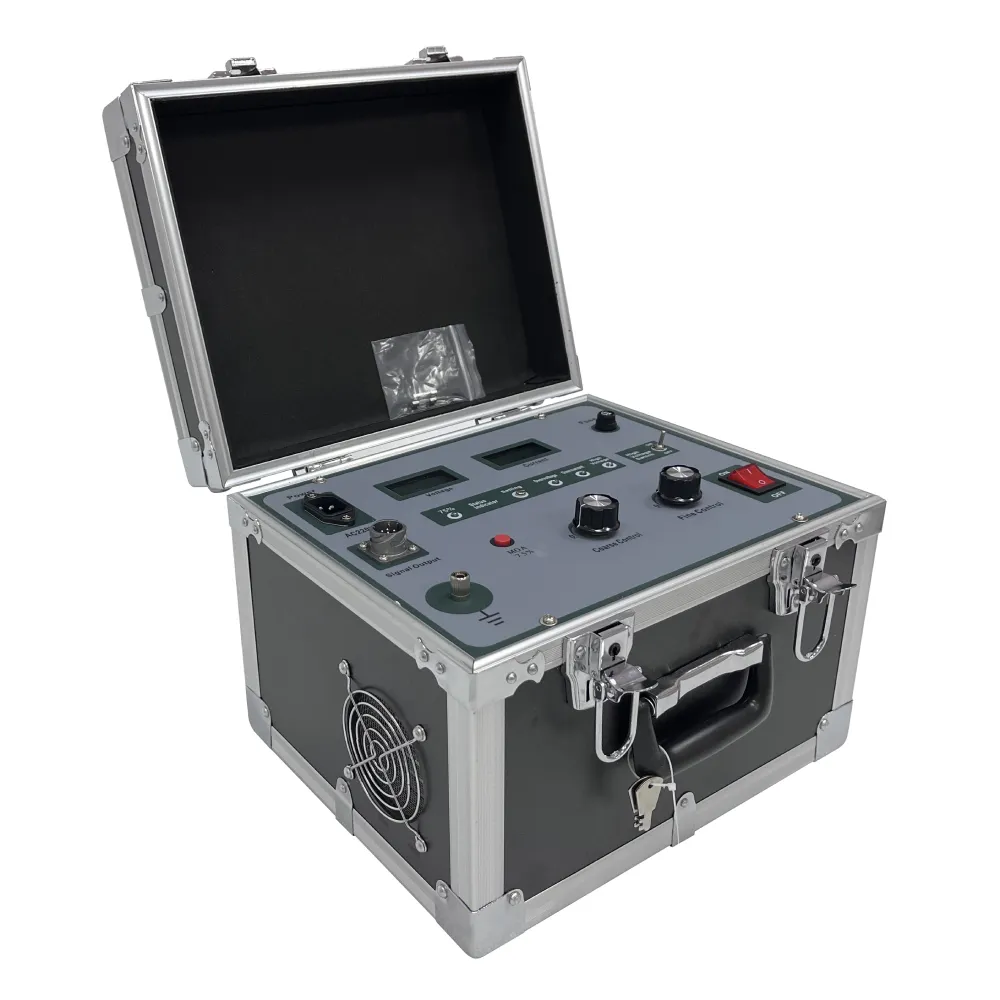 English
English


transformer testing and maintenance
Transformer Testing and Maintenance Ensuring Reliability and Efficiency
Transformers play a critical role in the electrical power distribution system, serving as the backbone for transmitting electricity from generation sources to end-users. Ensuring their reliability and efficiency is essential for the stability of the entire power grid. Therefore, regular testing and maintenance of transformers are imperative to prevent failures, reduce downtime, and extend their operational lifespan.
Testing Procedures
Transformer testing involves a series of diagnostic procedures aimed at evaluating the condition and performance of these devices. Key tests include insulation resistance testing, turns ratio testing, and power factor testing. Insulation resistance testing is crucial as it helps identify deterioration in the insulation system, which can lead to catastrophic failures if not addressed. The turns ratio test ascertains the ratio of primary to secondary windings, ensuring that the transformer operates correctly under load conditions.
Power factor testing measures the dielectric losses in the insulation and helps in assessing the overall condition of the transformer. Frequent testing allows for early detection of potential issues, enabling maintenance teams to take proactive measures before minor problems escalate into significant failures.
Maintenance Practices
transformer testing and maintenance

Routine maintenance of transformers consists of both predictive and preventive measures. Preventive maintenance typically includes inspections, cleaning, and replacing faulty components before they fail. This may involve checking coolant levels, ensuring proper connections, and monitoring temperature and load conditions.
Predictive maintenance goes a step further by utilizing advanced diagnostic tools, such as thermal imaging and dissolved gas analysis (DGA). Thermal imaging can identify hot spots that signify electrical imbalances or faults, while DGA analyzes the gases present in the insulating oil to detect early signs of insulation breakdown or overheating.
The Importance of Record Keeping
Maintaining accurate records of testing and maintenance activities is crucial. A comprehensive maintenance log aids in tracking transformer performance over time, allowing engineers to identify trends and make informed decisions regarding future maintenance. This documentation can also serve as a reference for regulatory compliance and insurance purposes.
Conclusion
In conclusion, the testing and maintenance of transformers are vital for ensuring the reliability and efficiency of power distribution systems. By implementing rigorous testing procedures and proactive maintenance practices, power utilities can mitigate risks associated with transformer failures, ultimately leading to a more stable and resilient electricity supply. The investment in these critical activities not only protects assets but also promotes a sustainable energy future.
-
Differences between open cup flash point tester and closed cup flash point testerNewsOct.31,2024
-
The Reliable Load Tap ChangerNewsOct.23,2024
-
The Essential Guide to Hipot TestersNewsOct.23,2024
-
The Digital Insulation TesterNewsOct.23,2024
-
The Best Earth Loop Impedance Tester for SaleNewsOct.23,2024
-
Tan Delta Tester--The Essential Tool for Electrical Insulation TestingNewsOct.23,2024





